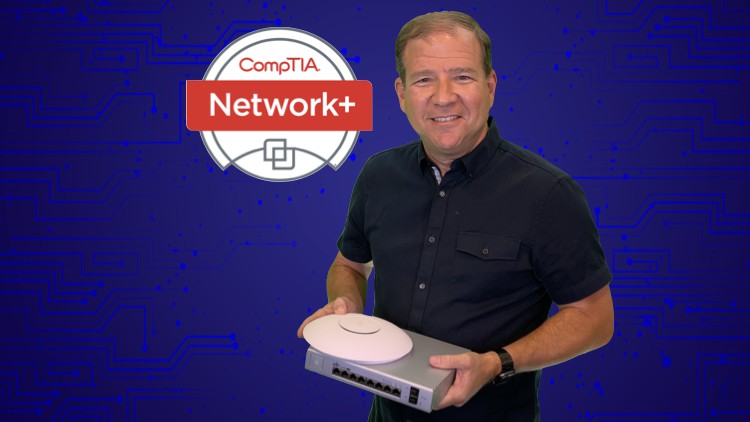در حال حاضر محصولی در سبد خرید شما وجود ندارد.

Get ready to CRUSH your CompTIA Network+ exam, as you’re guided through every topic on the N10-008 exam blueprint.
در این روش نیاز به افزودن محصول به سبد خرید و تکمیل اطلاعات نیست و شما پس از وارد کردن ایمیل خود و طی کردن مراحل پرداخت لینک های دریافت محصولات را در ایمیل خود دریافت خواهید کرد.


Cisco DevNet Associate (200-901) v1.1 Video Training Series
-Master-Class-main-resized.jpg)
دوره یادگیری کامل CCNP ENCOR (350-401)

ENCOR (350-401) v1.1 Video Training Series (2023 Blueprint)

Cisco CCNA (200-301) Master Class

Educational Leadership 101

مدرک بین المللی CompTIA Network+ : آزمون N10-008

ساختن یک برنامه وب کامل با Ruby on Rails

CCST Networking – Video Training Series

CLCOR (350-801) v1.1 Video Training Series

آموزش نکات و ترفندهای کار با AWS CLI